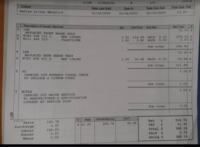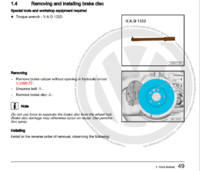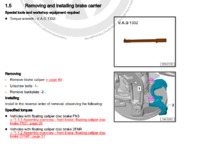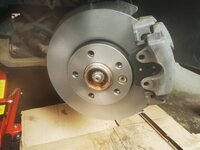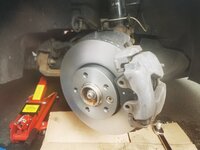certain bolts (like Head bolts etc) are single use and torque to yield or stretch bolts.
i think the idea is that when they are torqued up they "stretch slightly"
The idea is that once they have been torqued up and stretched, removing and refitting them . . . they cant be stretched again as they will be weaker and could break.?
Thats the VW OEM manual and the way that the dealer will follow. - (and also charge you for new carrier bolts)
YouTube mechanics will follow the standard mechanics view - if it come out, then it can go back in.
+++
edit:
though i gota say i wonder how may places actually replace them? (appart from a main dealer that is?)
eg if you took the van to a VW indy or even High-Street tyres & brakes place . . . . . would they fit new bolt? . .
we would have to see a quote from a garage, to see if the were charging for new bolts on a disk job?
i would bet most places wouldn't fit new?


